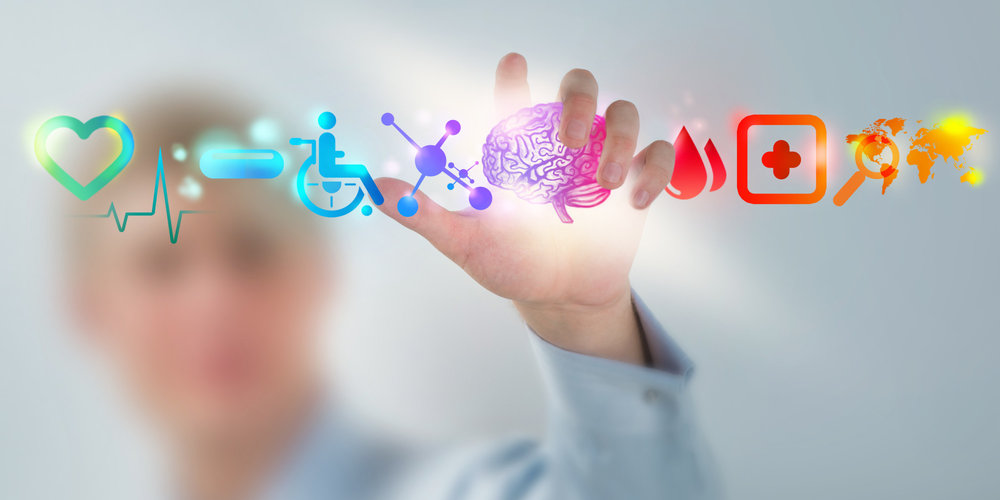Iran’s health coverage index above S. Asia average: WHO

TEHRAN- According to World Health Organization (WHO) 2018 report on world health statistics, Iran’s health coverage index is 65 (out of a maximum index score of 100) which is higher than the South Asia average estimated at 53.
WHO 2018 edition contains the latest available data for 36 health-related Sustainable Development Goal (SDG) indicators.
Achieving universal health coverage, addressing health emergencies and promoting healthier populations were highlighted in the report as the three SDG-aligned strategic priorities of the WHO’s 13th General Programme of Work.
Achieving universal health coverage (UHC) means ensuring that all people receive the essential health services they need without being exposed to financial hardship as a result.
As measured by this index, the levels of service coverage varied widely across countries in 2015, from 22 to 86. coverage of essential services is highest in regions of Eastern Asia (77) and Northern America and Europe (77), whereas sub-Saharan Africa has the lowest index value (42), followed by Southern Asia (53).
The report revealed that in Iran, 15.8% of people spend over 10% of their total household income on health and for 3.8% of people the health expenditure amounts to as much as 25% of their total income.
According to the report, At least half of the world’s population do not have full coverage of essential health services.
Achieving universal health coverage (UHC) means ensuring that all people receive the essential health services they need without being exposed to financial hardship as a result.
Health emergency preparedness
WHO statistics indicated that the index of health emergency preparedness in Iran decreased from 85 (out of a maximum index score of 100) in 2010-2016 to 76 in 2010-2017.
Emergency preparedness is a program of long-term development activities whose goals are to strengthen the overall capacity and capability of a country to manage efficiently all types of emergency and to bring about an orderly transition from relief through recovery and back to sustainable development.
Life expectancy and mortality rate
Life expectancy in Iran is above world average and it moved up slightly from 75.6 in 2015 to 75.7 in 2016. However, healthy life expectancy dropped from 66.6 in 2015 to 65.4 in 2016.
72.0 years was the average life expectancy at birth of the global population in 2016.
An Iranian demography expert has predicted that by the year 2050 older persons will make up 20 percent of the country’s population.
Census reports of 2016 indicate that the number of persons, aged 60 years or older, has increased by 1.5-fold over the past decade (2006-2016) in Iran. In 2006, some 5.1 million people were 60 or older, but the number rose to 6.1 million in 2011 and to 7.4 million in 2016. Currently, the country’s total population stands at about 80 million, of which some 9.3 percent is 60 or older.
The figures revealed that maternal mortality ratio in Iran was the same (25 per 100 000 live births) in 2015 and 2016.
Road traffic mortality rate was 32.1 per 100,000 population in both years. However, the ratio of suicide mortality increased from 3.6 to 4.1 per 100,000 and homicide mortality rates grew from 4.1 to 4.5 per 100,000.
Communicable and non-communicable diseases
According to WHO statistics about communicable diseases in 2015 and 2016, the prevalence of HIV, Tuberculosis, and Malaria fell during this period in Iran; as new HIV infections were down from 0.14 to 0.06 per 1000 uninfected population.
Tuberculosis incidence also reduced from 16 to 14 per 100,000 population and Malaria incidence significantly dropped from 0.5 per 1000 population at risk to 0.2.
However, probability of dying from most non-communicable diseases including any cardiovascular diseases, cancer, diabetes and chronic respiratory diseases between age 30 and 70 remained at 14.8% throughout 2015 and 2016.
Health sector share of total expenditures
The statistics imply that Iran’s health sector share of total government expenditure is crucially higher than global average and it seems to keep soaring as the country’s health expenditure amounted to 17.5% of its total expenditure in 2014 and it went up even further to 22.6% in 2015.
Globally, the average national percentage of total government expenditure devoted to health was 11.7% in 2014, ranging from 8.8% in the WHO Eastern Mediterranean Region to 13.6% in the WHO Region of the Americas.
Last week, Health Ministry spokesperson Iraj Harirchi announced that the next year (starting March 21) budget bill envisages allocation of 350 trillion rials (about $8.3 billion) to the health sector.
SJ/MQ/MG
